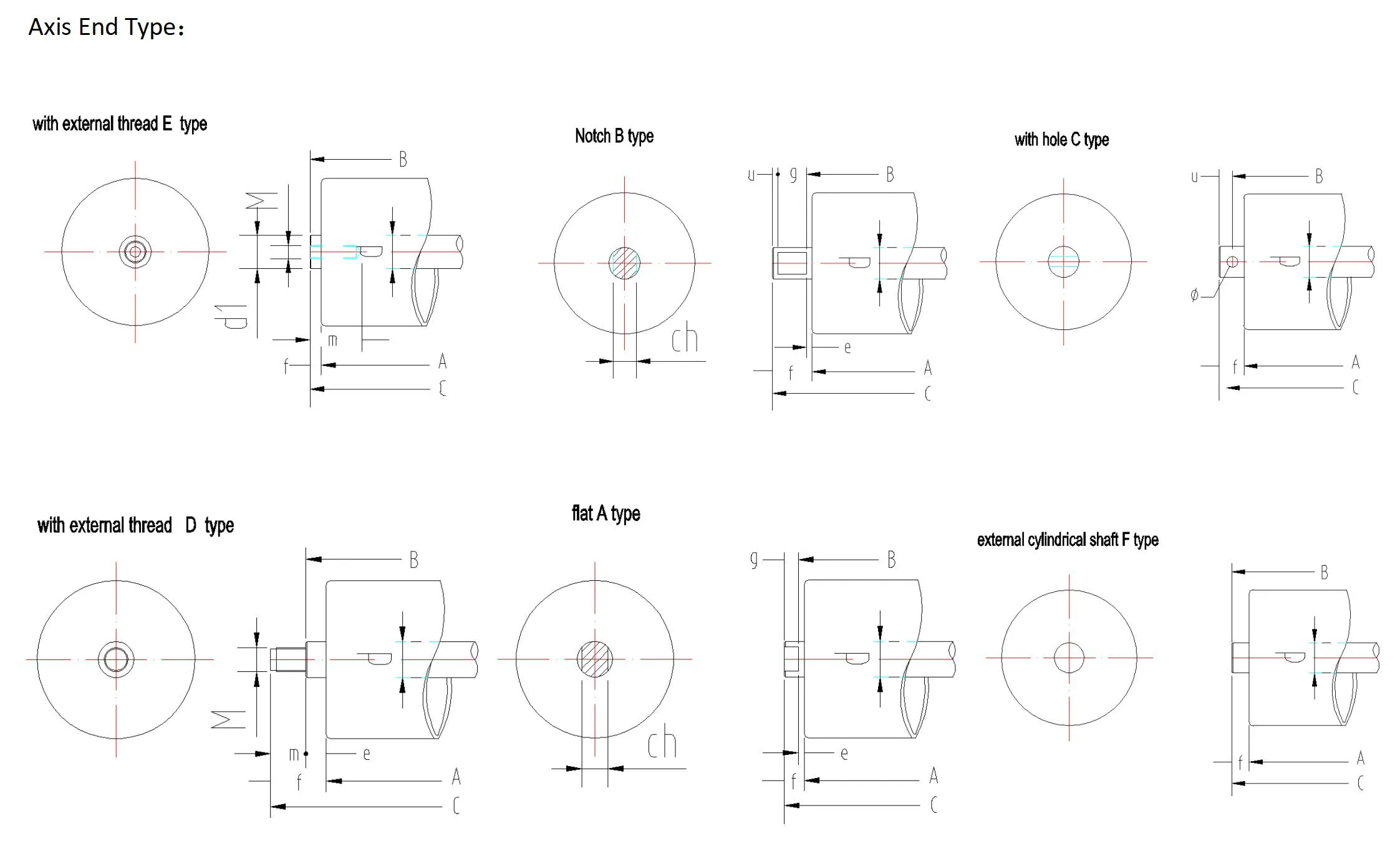 Afrikaans
Afrikaans  Albanian
Albanian  Amharic
Amharic  Arabic
Arabic  Armenian
Armenian  Azerbaijani
Azerbaijani  Basque
Basque  Belarusian
Belarusian  Bengali
Bengali  Bosnian
Bosnian  Bulgarian
Bulgarian  Catalan
Catalan  Cebuano
Cebuano  Corsican
Corsican  Croatian
Croatian  Czech
Czech  Danish
Danish  Dutch
Dutch  English
English  Esperanto
Esperanto  Estonian
Estonian  Finnish
Finnish  French
French  Frisian
Frisian  Galician
Galician  Georgian
Georgian  German
German  Greek
Greek  Gujarati
Gujarati  Haitian Creole
Haitian Creole  hausa
hausa  hawaiian
hawaiian  Hebrew
Hebrew  Hindi
Hindi  Miao
Miao  Hungarian
Hungarian  Icelandic
Icelandic  igbo
igbo  Indonesian
Indonesian  irish
irish  Italian
Italian  Japanese
Japanese  Javanese
Javanese  Kannada
Kannada  kazakh
kazakh  Khmer
Khmer  Rwandese
Rwandese  Korean
Korean  Kurdish
Kurdish  Kyrgyz
Kyrgyz  Lao
Lao  Latin
Latin  Latvian
Latvian  Lithuanian
Lithuanian  Luxembourgish
Luxembourgish  Macedonian
Macedonian  Malgashi
Malgashi  Malay
Malay  Malayalam
Malayalam  Maltese
Maltese  Maori
Maori  Marathi
Marathi  Mongolian
Mongolian  Myanmar
Myanmar  Nepali
Nepali  Norwegian
Norwegian  Norwegian
Norwegian  Occitan
Occitan  Pashto
Pashto  Persian
Persian  Polish
Polish  Portuguese
Portuguese  Punjabi
Punjabi  Romanian
Romanian  Russian
Russian  Samoan
Samoan  Scottish Gaelic
Scottish Gaelic  Serbian
Serbian  Sesotho
Sesotho  Shona
Shona  Sindhi
Sindhi  Sinhala
Sinhala  Slovak
Slovak  Slovenian
Slovenian  Somali
Somali  Spanish
Spanish  Sundanese
Sundanese  Swahili
Swahili  Swedish
Swedish  Tagalog
Tagalog  Tajik
Tajik  Tamil
Tamil  Tatar
Tatar  Telugu
Telugu  Thai
Thai  Turkish
Turkish  Turkmen
Turkmen  Ukrainian
Ukrainian  Urdu
Urdu  Uighur
Uighur  Uzbek
Uzbek  Vietnamese
Vietnamese  Welsh
Welsh  Bantu
Bantu  Yiddish
Yiddish  Yoruba
Yoruba  Zulu
Zulu track idler roller
Understanding Track Idler Rollers Their Importance in Machinery
Track idler rollers are vital components of heavy machinery, particularly in construction and mining equipment, like excavators and bulldozers. These rollers play a significant role in ensuring the smooth operation of track systems, which are essential for the mobility and functionality of these machines. This article delves into the intricacies of track idler rollers, exploring their design, functions, maintenance, and the impact they have on overall equipment efficiency.
What are Track Idler Rollers?
Track idler rollers are cylindrical components that support the weight of the track and help guide it along the track frame. Located at the rear of the vehicle's track system, these rollers ensure that the track remains in place during operation. By minimizing friction and promoting a smooth ride, idler rollers significantly contribute to the durability and reliability of tracked machinery.
Functionality of Track Idler Rollers
The primary function of track idler rollers is to provide support and stability to the track system. By redistributing the weight of the equipment and the load it carries, these rollers help to reduce wear and tear on the track. Additionally, they prevent the track from sagging or misaligning, which can lead to increased wear on other components and eventually result in equipment failure.
Idler rollers also contribute to the overall track tension, ensuring that the track remains taut. Proper track tension is crucial for optimal performance, as it allows for better traction and reduces the likelihood of slippage. This is particularly important in challenging terrains, where maintaining grip is essential for effective operation.
Design and Construction
Track idler rollers are typically made from high-strength steel or composite materials to withstand the harsh conditions of construction and mining environments. The design usually includes a sealed bearing system that protects the internal components from dirt, dust, and other contaminants. This feature is critical for extending the lifespan of the roller and ensuring consistent performance.
Furthermore, idler rollers are often designed with features such as anti-friction surfaces and wear-resistant coatings, which enhance their durability and efficiency. Manufacturers continuously innovate these designs to improve performance, reduce maintenance needs, and enhance the overall effectiveness of the machinery.
Maintenance of Track Idler Rollers
Regular maintenance of track idler rollers is essential for prolonging their operational life and ensuring the efficiency of tracked machinery. Like any mechanical components, idler rollers are subject to wear and damage over time. Therefore, routine inspections are necessary to identify potential issues early on.
track idler roller

Key maintenance practices include
1. Visual Inspections Regularly checking for signs of wear, damage, or misalignment. Look for cracks, excessive wear on the roller surface, and loose bearings.
2. Lubrication Keeping the roller bearing system properly lubricated to prevent overheating and friction that can lead to failure.
3. Track Tension Adjustment Monitoring and adjusting the tension of the track to prevent unnecessary strain on the idler rollers.
4. Cleaning Removing debris and dirt that may accumulate around the rollers to prevent contamination and ensure smooth operation.
By adhering to these maintenance practices, operators can maximize the lifespan of the idler rollers and maintain the efficiency of their equipment.
Impact on Overall Equipment Efficiency
The performance of track idler rollers directly affects the overall efficiency of tracked machinery. Well-maintained rollers contribute to better traction, smoother operation, and reduced fuel consumption. Conversely, worn or damaged rollers can lead to increased operational costs, frequent repairs, and potential equipment downtime—a significant concern in industries where time is money.
In addition, the performance of idler rollers can impact safety. Properly functioning rollers ensure that the equipment operates as intended, reducing the risk of accidents caused by track malfunctions.
Conclusion
In summary, track idler rollers are a crucial component of tracked machinery, significantly influencing their functionality, efficiency, and safety. Understanding their purpose, maintaining their integrity, and investing in quality components can lead to enhanced equipment performance and lifespan. As industries continue to evolve, the importance of reliable and efficient machinery underscores the critical role that track idler rollers play in the world of construction and mining. By prioritizing these components, operators can ensure that their machinery remains in optimal condition and ready to tackle any task at hand.
-
Revolutionizing Conveyor Reliability with Advanced Rubber Lagging PulleysNewsJul.22,2025
-
Powering Precision and Durability with Expert Manufacturers of Conveyor ComponentsNewsJul.22,2025
-
Optimizing Conveyor Systems with Advanced Conveyor AccessoriesNewsJul.22,2025
-
Maximize Conveyor Efficiency with Quality Conveyor Idler PulleysNewsJul.22,2025
-
Future-Proof Your Conveyor System with High-Performance Polyurethane RollerNewsJul.22,2025
-
Driving Efficiency Forward with Quality Idlers and RollersNewsJul.22,2025





























